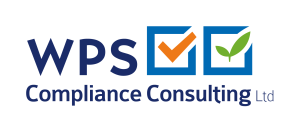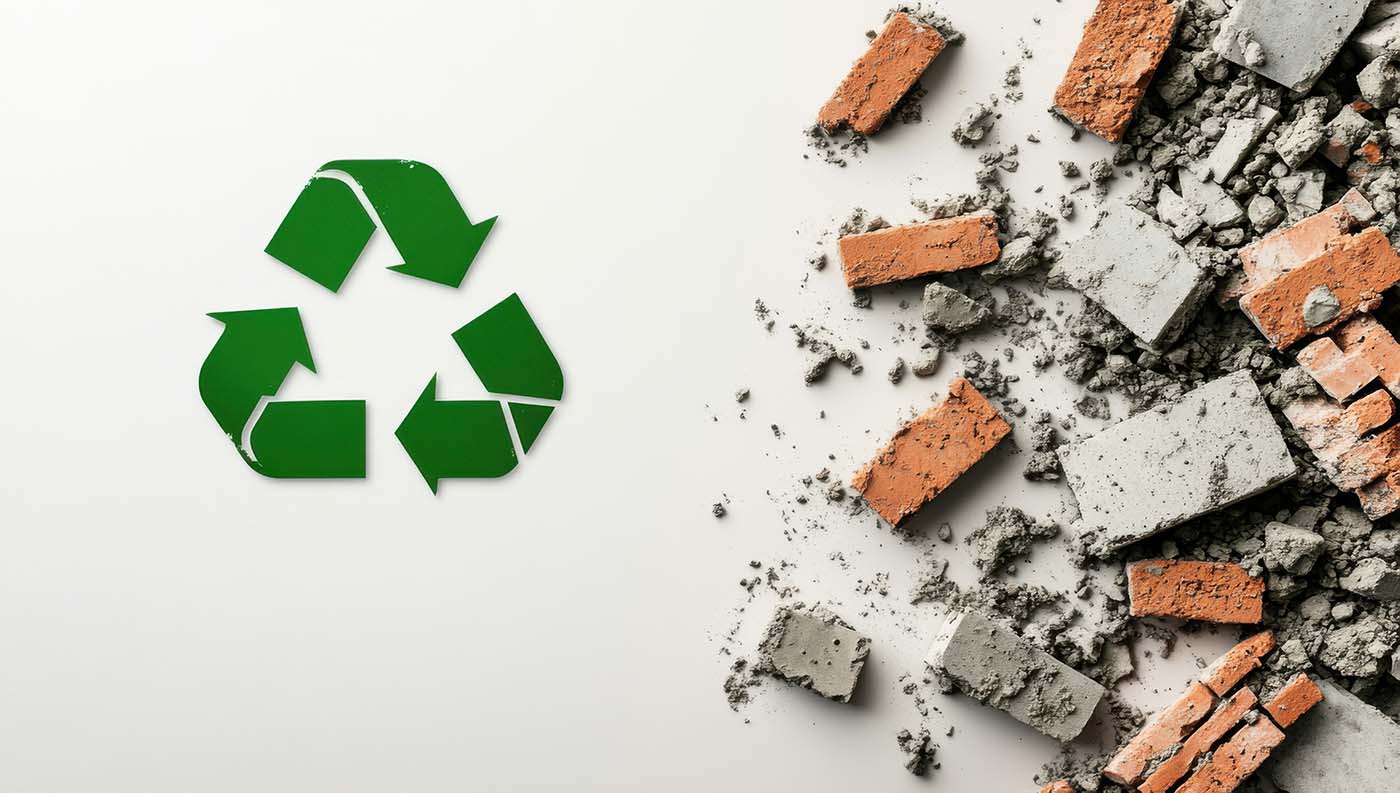What is BREEAM?
BREEAM is the Building Research Establishment Environmental Assessment Method, utilised in master planning projects, buildings, and infrastructure. This sustainability assessment method was established in 1990 by the Building Research Establishment (BRE) and can be applied to refurbishment schemes or new developments. The standards for environmental performance of buildings through each phase of design, specification, construction, and operation are set by BRE. BRE are a profit-for-purpose organisation that specialise in building science and research background.
BREEAM certification provides a comprehensive, credible, and independent assessment of a building’s sustainability, covering various aspects such as energy use, water consumption, waste management, and ecological impact. The primary goals of BREEAM certification are to:
- Encourage the adoption of sustainable building practices and technologies
- Enhance the economic, environmental, and social performance of buildings
- Provide a benchmark for comparing the sustainability of different buildings
- Offer a transparent and reliable certification system for sustainable buildings
BREEAM Ratings
BREEAM rating benchmark levels enable clients to compare the performance of an individual building with other buildings that are BREEAM rated and new non-domestic buildings sustainability performances in the UK. Each BREEAM rating level equates to performance:
- Outstanding ≥ 85
- Excellent ≥ 70
- Very Good ≥ 55
- Good ≥ 45
- Pass ≥ 30
- Unclassified < 30
Achieving a higher score will be beneficial for a company’s image and will attract more tenants but requires precision in the planning process and throughout the lifecycle of a building. The proposal that is submitted for a BREEAM certification must utilise high-quality design concepts and technologies that prioritise sustainability.
The BREEAM Assessment Process
The process involves assessing a building’s sustainability performance against several categories such as:
- Energy efficiency
- Water usage and management
- Material usage
- Waste disposal and management
- Pollution impacts and reduction measures taken
- Health and well-being of its inhabitants
- Transport access to the building
- Land use and effect on ecology
- Management including stakeholder engagement, monitoring, and maintenance
- Use of innovative design and technologies to promote sustainability
How to achieve BREEAM certification?
To achieve a BREEAM certification for your project, the following steps must be followed:
- Appoint a licensed BREEAM assessor as early as possible in the project to conduct the assessment and provide guidance throughout the certification process.
- The BREEAM assessor conducts a pre-assessment to understand the sustainability performance of the building and areas for improvement so that the design and construction team can make the needed changes to obtain a good BREEAM rating.
- A design stage assessment must be carried out by the assessor to evaluate the building design against the BREEAM criteria and award interim credits. The assessor provides a Design Stage Certificate at this point to show the planning and marketing team the sustainability of the project.
- After the project is completed, a post-construction assessment will be done to ensure that all the sustainability features were implemented correctly, and the final credits will be awarded along with the Post-construction Stage certificate that confirms the building’s BREEAM rating.
Benefits of BREEAM certification
The duration for achieving a BREEAM certification can vary depending on the size and complexity of the project, but having this rating has many benefits as follows:
- Enhanced environmental performance of the project
- Improved occupant well-being
- Increased marketability and asset value
- Compliance with regulatory requirements
- Cost savings due to energy efficiency and sustainable design features
How can WPSCC help?
At WPSCC we help clients achieve a level of BREEAM accreditation in their projects. We provide a holistic approach to produce cost effective solutions for our clients. WPSCC offer services such as Pre-demolition audits that are a requirement for meeting BREEAM Wst 01 Construction Waste Management Standard. A Pre-refurbishment audit and a Site Waste Management Plan (SWMP) may be required to comply with BREEAM Wst 01, both of which are services provided by WPSCC. We have produced an online compliance tool that produces compliant SWMPs; carbon footprint for your site can be calculated, as well as site impact requirements that satisfy additional compliance necessities.
Our goal is to help you achieve your desired goals and offer a flexible service. We provide practical compliance solutions with passion and integrity by adopting a unique approach to solve any compliance challenges to the highest standards possible.
References
The 6 BREEAM Certification Levels – How To Be Outstanding – Smart CRE


